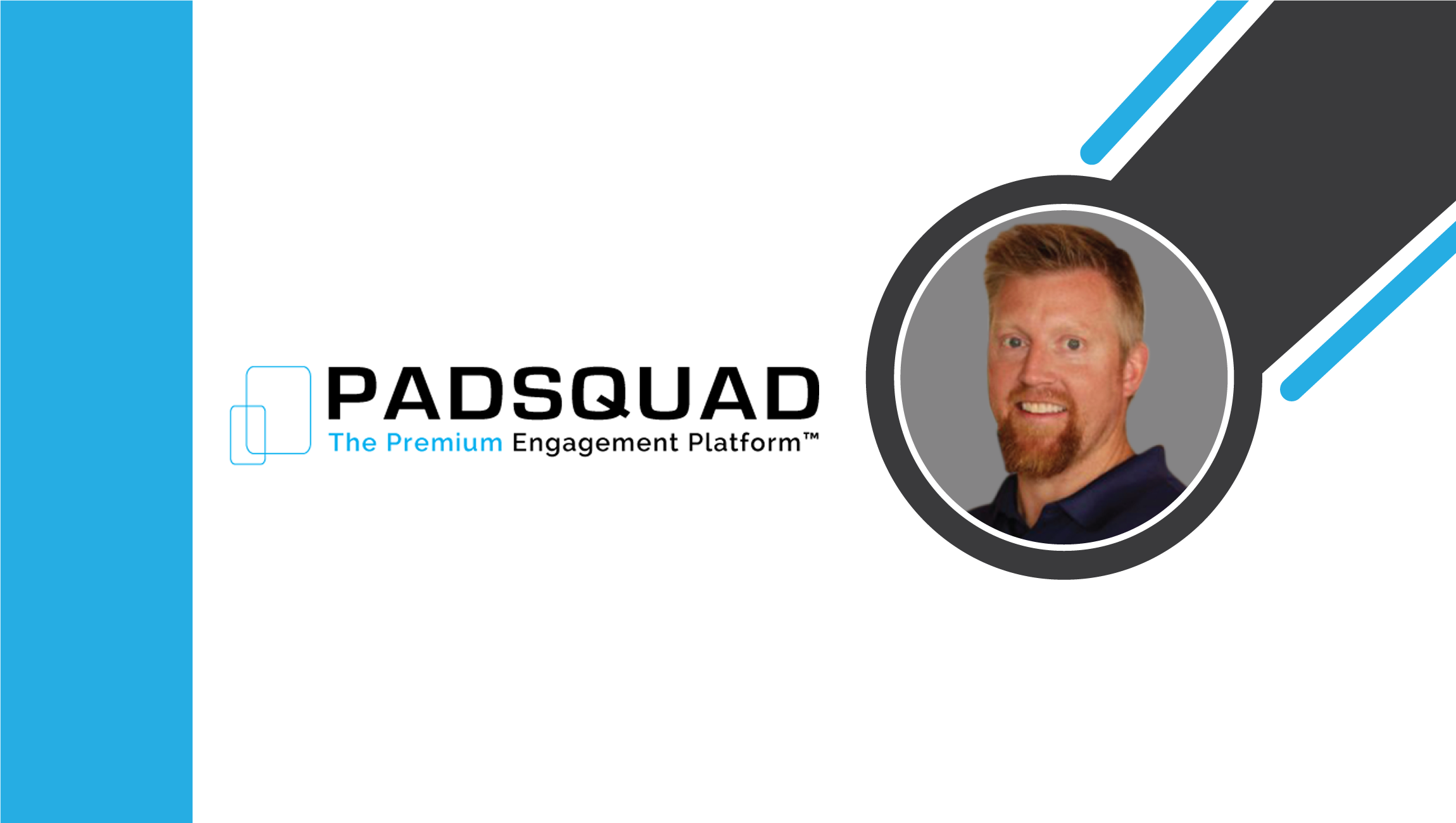How Popular Narratives and the Way Businesses Measure Them Determines Success or Failure
United Airline’s extremely public PR difficulties have overtaken the public conversation, unleashing a flood of ire toward the company and causing stocks to drop by what was at one point one billion dollars. It is a dire position to be in as a company, and though the need for response is obvious, the optimal response isn’t. United CEO Oscar Munoz issued three different statements, including one in which he assured United staff that protocol had been followed.
The intention was to demonstrate support internally, but instead, Munoz found himself facing off against thousands of vocal opposers who considered this statement a “non-apology.” Whereas a United employee might have been reassured by the statement, outsiders found it inefficient and therefore offensive. In today’s world, the same message can resonate completely differently when viewed through various filters.
In order to market the right message, companies need to understand the issues their audiences care about, how much they care and how it matters–something that’s become increasingly difficult with the amount of noise in the digital age.
Popular opinion is difficult to track, and changes often. There are many times multiple layers of belief patterns playing into the same issues. At the same time, a single action could be interpreted a dozen different ways.
A marketer or business leader’s job is to not only correctly identify and comprehend each of these trends but also make strategic decisions about how to interact with these narratives as a brand. New software breakthroughs for processing information hold the key to demystifying these decisions.
Traditional marketing and PR tactics are no longer effective. There are far too many factors to take into account for intuition or painfully limited historical market research methods to provide sufficient insight for action. Misreading the information can mean putting resources into sending the wrong messages–a business mistake that ranges from inconvenient to devastating.
Using software-powered analysis driven from multiple sources establishes a foundation of firm, data-supported truth from which marketers can make decisions that influence consumer perceptions and actions, win hearts and heal wounds when necessary.
Traditional Research Has Left Marketers Operating Blindly
The first step toward creating narratives that strengthen a brand is understanding where they come from. Companies aren’t deaf to the importance of understanding their audience or their brand and have invested heavily in research to help them do so. Unfortunately, that research can hurt more than it helps. Polls, surveys, and focus groups inherently access only a small part of the picture, and companies that take action based on them risk miscalculating and hurting their brand.
To Understand What Makes Polls Unreliable, Consider the Last Two US Elections
In 2012, Gallup miscalculated the forecasted results of the election so drastically that USA Today dissolved its partnership with the organization. The pollsters attributed the inaccuracy to factors including relying too heavily on limited populations.
In the recent election, the inaccuracy of the polls for predicting the results was record-setting. Like in 2012, most surveyors focused too heavily on the wrong populations, leaving massive portions of the voter base completely unconsulted.
And, the error went further; sometimes it’s not about asking the wrong people; it’s about asking the wrong questions. Many poll takers misreported their feelings about the election, and poll givers didn’t necessarily ask about the issues that were really driving voter behaviors. They weren’t mining for beliefs.
These same shortcomings plague the consumer studies that enterprises shell out for, resulting in untrustworthy results and subsequently ineffective marketing campaigns. At the enterprise level, most companies can access information about buying behavior or customer feedback from surveys, but that information does little to reveal which narratives really resonate with that audience.
Companies don’t have the luxury of having poll results to tell them how to win their customers back when they’re outraged. They have to rely on their own analyses, given the available information.
For years, polls were the best option for consumer insights. With new innovations, that’s no longer the case. Technology like natural language processing, data science and machine learning mean that companies can suddenly access a comprehensive analysis of their audience’s deeper beliefs, and can strategize accordingly.
Read Also: Interview with Robert Carroll, Chief Marketing Officer at Protagonist
The Age of Science-Based Marketing
There is more digital information available today than ever before, as social media profiles become universal, smartphones and connected devices collect information and companies as a whole produce and collect unprecedented amounts of customer data.
But that sheer volume of information wouldn’t actually be all that valuable on its own; more information is only valuable if there’s a way to process it at scale. Deeper beliefs aren’t exactly easy to quantify, so unless business strategists have nothing better to do than assessing each piece of data individually, the job has essentially boiled down to educated guesswork–until recently.
Natural language processing is computer programming that enables software to comprehend human language, and when combined with machine learning, the two can actually derive meaning from huge qualitative data sets. This process of applying technical breakthroughs to understand belief systems is called Narrative Analytics.
Both natural language processing and machine learning have experienced explosive innovation in the past few years in what Forrester’s Diego Lo Giudice calls a “renaissance of AI”–the first meaningful, dramatic advancement of cognitive capabilities in 30 years. The net result is that algorithms can expose trends and insights that can help answer the questions that have been plaguing marketers for decades — belief mining.
In the right hands, Narrative Analytics exposes trends and impactful belief patterns that might have otherwise been overlooked, uncovering opportunities for dramatic growth that businesses didn’t know they had…or threats they didn’t realize existed.
Narrative Analytics can actually deliver real answers to questions like:
– How can I understand customer beliefs in my industry?
– How can I shape customer narratives about my brand?
– How can I anticipate the emerging threats to my company or recover from mistakes?
Culture globally is shifting rapidly, voices are rising from unexpected places and the business landscape is no longer consistent. Companies that grasp the value of the uptick in software capabilities and create messages that resonate will come out ahead in the battle for consumer hearts and minds; the ones that don’t will fall behind, and maybe out of favor entirely.
Read Also: Catapult PR-IR Won Two Industry Awards for Creating New Strategic Narrative Marketing Framework











